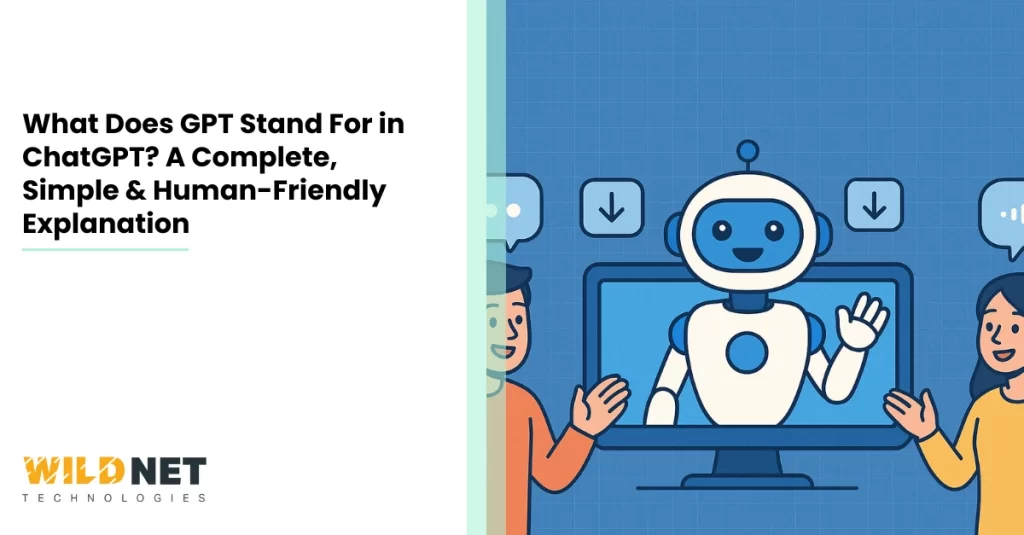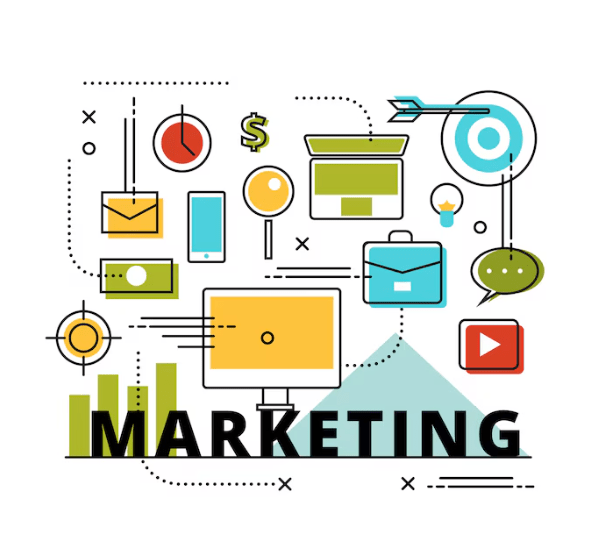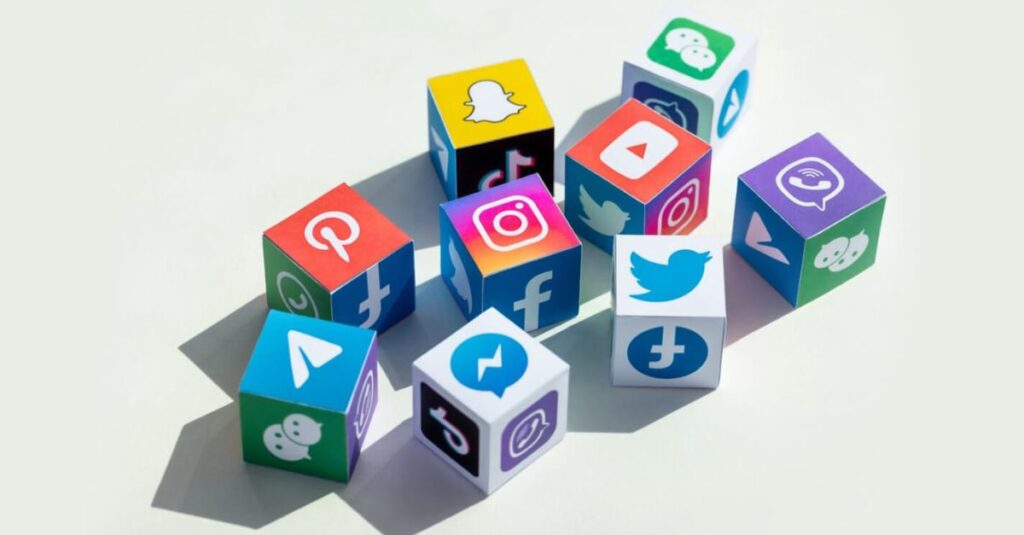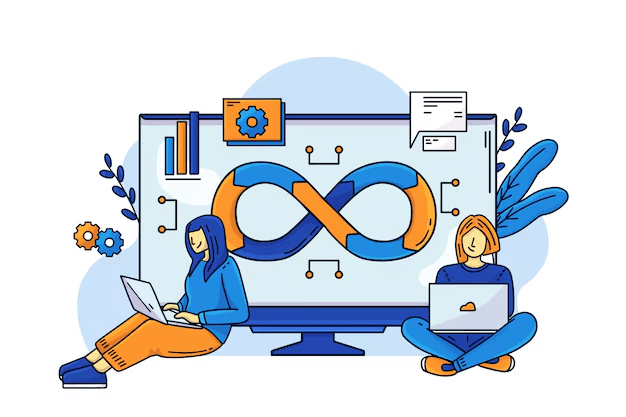If you’ve ever used ChatGPT to write content, conduct research, plan marketing strategies, or simply explore new ideas, you may have paused and wondered what the term “GPT” actually represents. ChatGPT has become one of the most widely used AI tools in the world, yet the technology behind it remains unfamiliar to most users. Understanding what GPT stands for and how it works gives you a clearer picture of why this tool is so advanced and has transformed the way individuals and businesses work.
GPT is more than just a technical acronym — it is the foundation that enables ChatGPT to understand language, interpret complex queries, and generate high-quality responses that feel natural and human. When you know this foundation, you not only gain insight into the power of modern AI but also learn how to leverage it more efficiently in your daily tasks, business operations, and digital marketing activities.
This blog explains the meaning of GPT in a simple, structured, and professional way. Whether you are a student looking to learn, a business owner aiming to improve productivity, or a digital marketer exploring AI-driven solutions, this guide will help you clearly understand what makes ChatGPT intelligent, adaptable, and remarkably effective across a wide range of applications.
What Does GPT Stand For in ChatGPT?
GPT stands for Generative Pre-trained Transformer.
This term may sound complicated at first, but when you break it into parts, it becomes completely understandable. The entire power of ChatGPT comes from these three words, and together they explain how the tool learns, thinks, and creates content.
Let’s explore each part in detail in simple language.
What “Generative” Means in GPT
The first word in GPT is Generative, and this is what makes ChatGPT feel so magical. “Generative” means the AI can create something new on its own. Unlike traditional programs that follow strict rules, GPT can write original content, generate ideas, and produce explanations based on what it has learned.
For example, when you ask ChatGPT to write a blog or explain a topic, it is not pulling paragraphs from a single website. Instead, it generates fresh content instantly by understanding patterns, meaning, and structure from everything it has previously learned.
This generative ability allows GPT to write stories, emails, blog posts, SEO content, marketing strategies, scripts, business plans, and even code. It behaves like a human who has read a lot of information and can now create new content based on that knowledge. Generative AI is the reason ChatGPT feels creative, flexible, and intelligent in conversations.
What “Pre-trained” Means in GPT
The second part of GPT—Pre-trained—explains how the AI becomes so smart before you ever use it. Pre-training means the model is trained on massive amounts of data, such as books, articles, research materials, and real-world conversations, long before it is released to the public.
But instead of listing these as bullet points, let’s explain them clearly.
When the model reads books, it learns storytelling styles, vocabulary variety, sentence flow, logical reasoning, and how authors build concepts chapter by chapter. This helps it create content that feels natural and well-structured.
When it studies articles, it learns how professionals explain topics, how news is written, how information is summarized, and how facts are presented. This makes the AI capable of producing clear and easy-to-understand explanations.
When it analyzes websites, it absorbs different writing styles—from casual blogs to technical documentation—and learns how humans communicate across different industries. This helps the AI understand various tones, formats, and topic styles.
When it reads research papers, it learns scientific terminology, analytical thinking, logical argumentation, and the ability to break complex concepts into more straightforward explanations. This is why ChatGPT can explain even complex subjects simply.
Lastly, when it learns from real-life conversational examples, it understands how people talk, ask questions, express emotions, or clarify doubts. This makes the AI sound more natural, friendly, and human-like.
Together, all this data helps the AI understand not just information but also how humans communicate, question, reason, and express. By the time users interact with ChatGPT, it has already gained experience from billions of sentences. That is what “pre-trained” truly means.
What “Transformer” Means in GPT
The third part of GPT—Transformer refers to the underlying technology or architecture that helps the model think and respond intelligently. But the word “Transformer” itself can sound confusing, so let’s simplify it.
A transformer is an AI system that reads and understands language the way humans do—by connecting ideas, following context, and paying attention to how one sentence relates to another. Instead of looking at words individually, it understands entire paragraphs and conversations as a whole.
Imagine you’re telling a story to a friend. They don’t forget the beginning of your story when you reach the end. They keep the entire context in mind.
A transformer works exactly like that.
It tracks the meaning behind your words, identifies what you’re asking for, and generates responses that feel complete, relevant, and connected. Because of this technology, ChatGPT can follow long conversations without losing context. It remembers what you said earlier and shapes its answer based on your previous messages.
Transformers are the reason ChatGPT responds smoothly, meaningfully, and intelligently rather than giving robotic or disconnected answers.
Who Created ChatGPT?
ChatGPT was created by OpenAI, a leading artificial intelligence research organization based in San Francisco. OpenAI was founded by a group of influential tech innovators who shared a common mission: to develop advanced AI systems that benefit people and businesses worldwide. Over the years, OpenAI trained powerful language models capable of understanding human language, learning from vast amounts of information, and generating clear, meaningful, and context-aware responses. One of these models evolved into ChatGPT, which quickly became one of the most widely used AI tools globally. Through continuous updates, research advancements, and improved training techniques, OpenAI has made ChatGPT more intelligent, more accurate, and more capable with each new version.
Is ChatGPT Safe?
ChatGPT is generally considered safe to use, especially when compared to many other online tools, because it is designed with multiple safety layers and strict content guidelines. The system does not have access to your personal files, browsing history, or private information unless you choose to share something in chat. Even then, the model uses your input only to generate a response and does not store or recall your data outside the conversation. OpenAI continuously updates ChatGPT to filter harmful content, prevent misuse, and ensure the tool provides accurate, respectful, and secure responses. However, like any digital tool, users should still avoid sharing sensitive personal information, passwords, or confidential business details. When used responsibly, ChatGPT is a safe, reliable, and highly efficient AI assistant for learning, writing, researching, and business tasks.
Why Understanding GPT Matters in Today’s AI-Driven World
Knowing what GPT stands for is not just an interesting fact—it actually helps you understand how modern AI works and why it’s changing industries everywhere.
Today, GPT models help people write better content, plan marketing campaigns, improve SEO, support customers through AI chat, and automate repetitive tasks. For businesses, GPT brings speed, efficiency, and creativity that were previously impossible.
Students use it for learning.
Entrepreneurs use it for idea generation.
Marketers use it for content and strategy.
Companies use it for customer service and automation.
GPT is shaping how the world communicates and operates, and understanding it gives you an advantage in using AI wisely and professionally.
How GPT Makes ChatGPT So Powerful
The power of GPT lies in its ability to understand language and produce context-aware, beneficial answers. ChatGPT doesn’t just respond randomly—it analyzes your message, recognizes your intent, and generates the most relevant reply.
For example, if you ask ChatGPT to write a blog post, it understands you want structured, readable, and informative content. If you ask for emotional support, it understands the tone and adjusts its response accordingly. If you ask for technical help, it shifts to a more precise and detailed style.
This flexibility makes GPT extremely powerful. It adapts instantly to your needs and keeps improving as the conversation unfolds.
The more you communicate, the better it understands you.
How GPT Learns and Improves Over Time
Another impressive aspect is that GPT models continue to improve over time. Developers update them with more data, advanced techniques, and a better understanding of human communication. Every new version becomes more accurate, more aware, and more helpful.
For example, earlier models struggled with extended conversations, but modern GPT versions maintain context incredibly well. They can analyze large amounts of text, understand the emotional tone of your words, and produce detailed, refined content within seconds.
This continuous improvement is what makes GPT the backbone of modern AI tools.
Real-Life Uses of GPT in 2025
GPT has become a part of our daily digital life, often without us realizing it. Businesses use it for customer chatbots, automated email replies, SEO-optimized content, product descriptions, ad copy, and more. Individuals use it for learning, explanations, resumes, interview preparation, and creative writing.
In digital marketing, GPT plays a significant role by generating keyword-rich content, analyzing user intent, creating ad creatives, and helping brands stay ahead in competition. It increases speed, reduces workload, and enhances creativity by providing fresh ideas instantly.
GPT has become a universal assistant that supports almost every industry.
Conclusion
Now that you understand what GPT stands for—Generative Pre-trained Transformer—you can see how powerful and valuable this technology is. It is not just a technical term; it is the foundation of modern AI, helping millions of people and businesses every day.
If you are a business owner or marketer, using GPT-powered tools can give you a massive advantage. From content creation to SEO planning and customer engagement, AI is changing how brands grow online.
And if you want to use this power effectively, partnering with experts matters.
Wildnet Technologies, the best digital marketing company in India, combines AI-driven intelligence with proven digital marketing services to help brands achieve better rankings, stronger visibility, and faster growth. Whether you need SEO, content, ads, or complete Digital Marketing Services, Wildnet brings that perfect blend of technology and expertise.
FAQs
1. What does GPT mean in ChatGPT?
GPT stands for Generative Pre-trained Transformer, the technology that helps ChatGPT understand and generate text.
2. How does GPT learn language?
GPT learns by reading large amounts of text, including books, articles, websites, and conversations, which helps it understand how humans communicate.
3. Is GPT only used for writing?
No. GPT can help with coding, strategy, planning, customer support, business ideas, and even complex technical explanations.
4. Who developed GPT?
OpenAI, a leading artificial intelligence research organization, developed GPT.
5. Why is GPT important for digital marketing?
GPT helps create high-quality content, optimize SEO, understand customer intent, and improve marketing performance through AI-powered insights.
Read More






